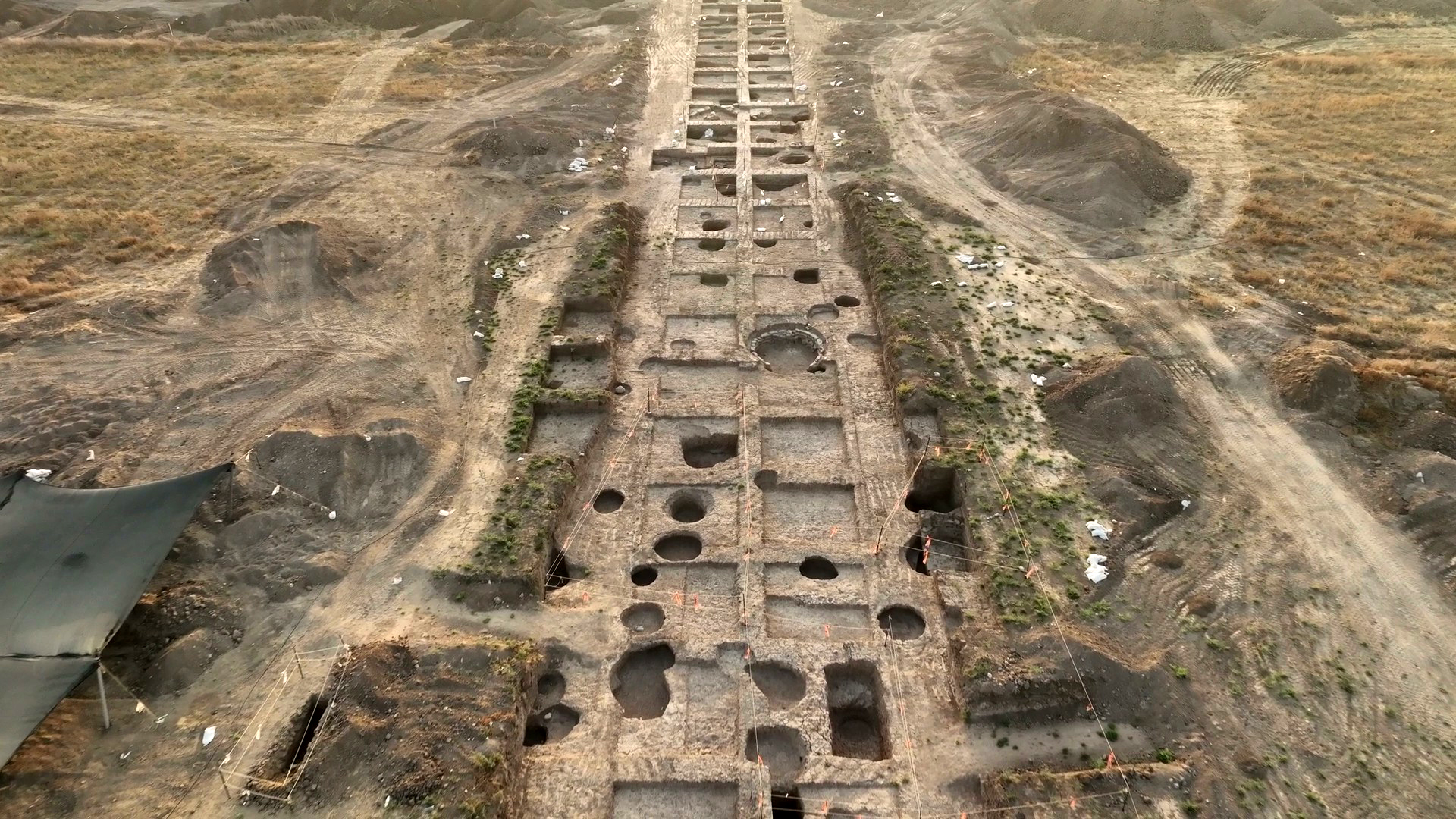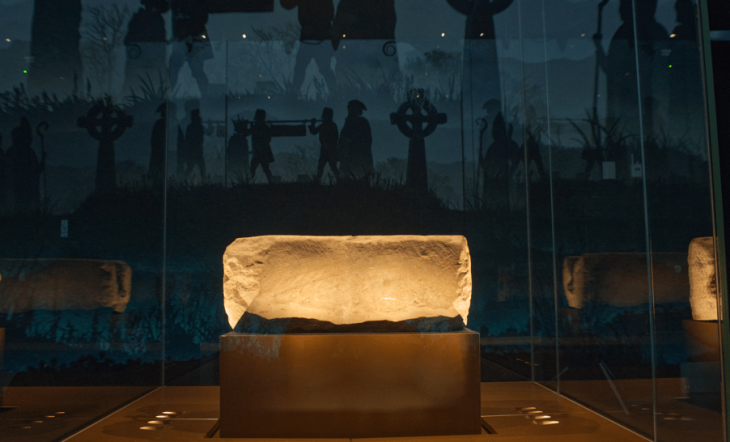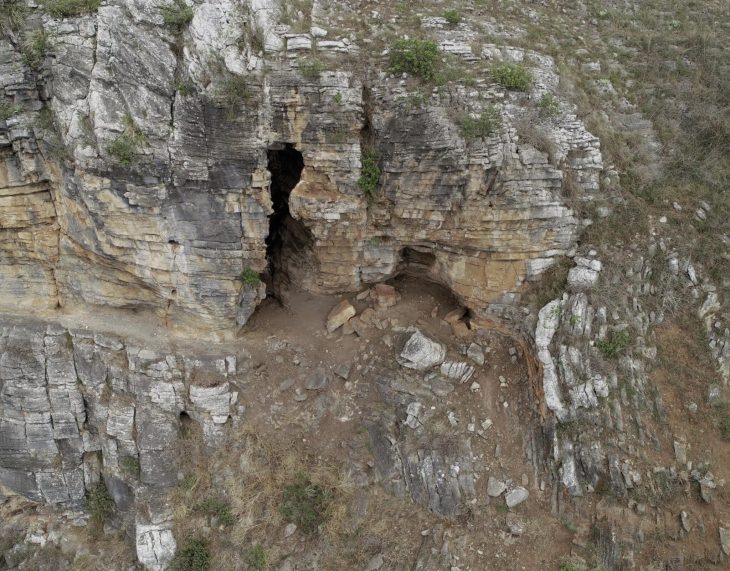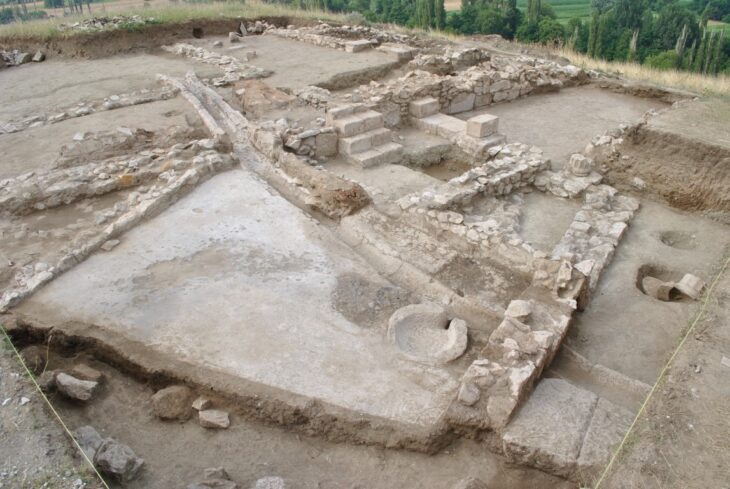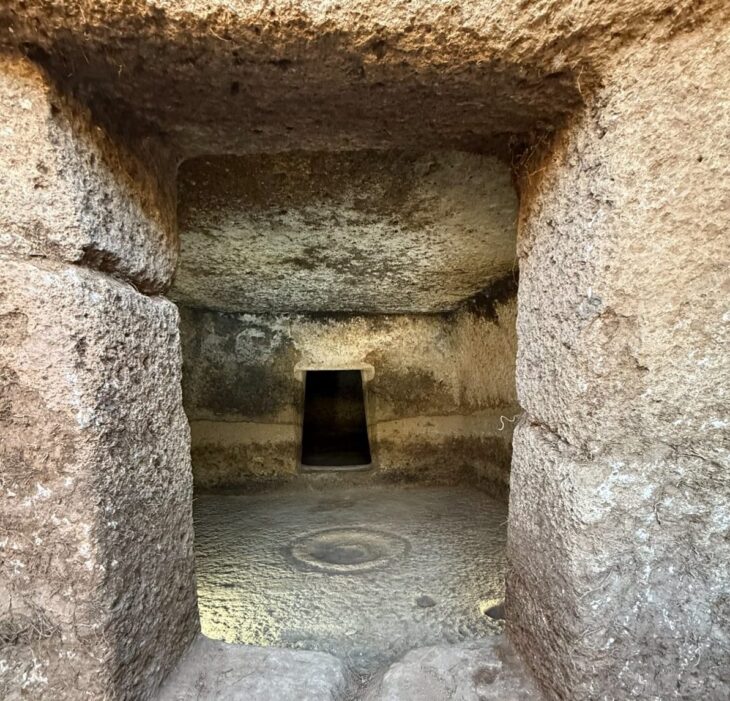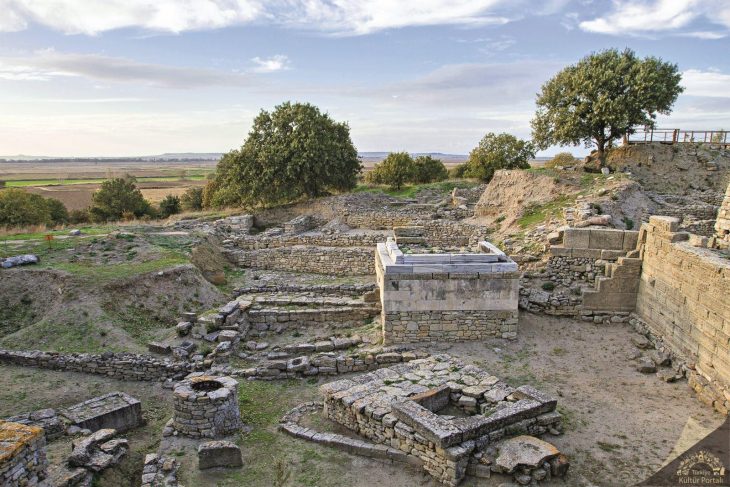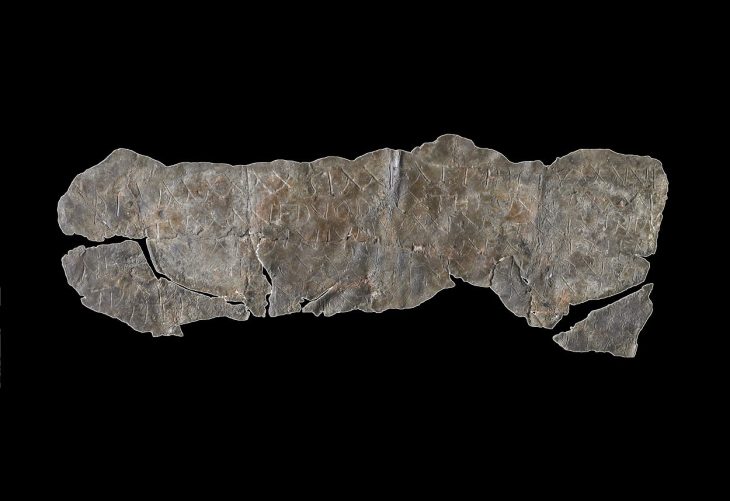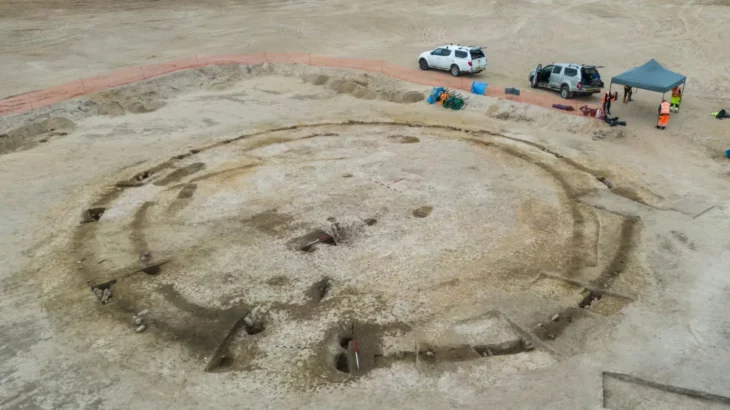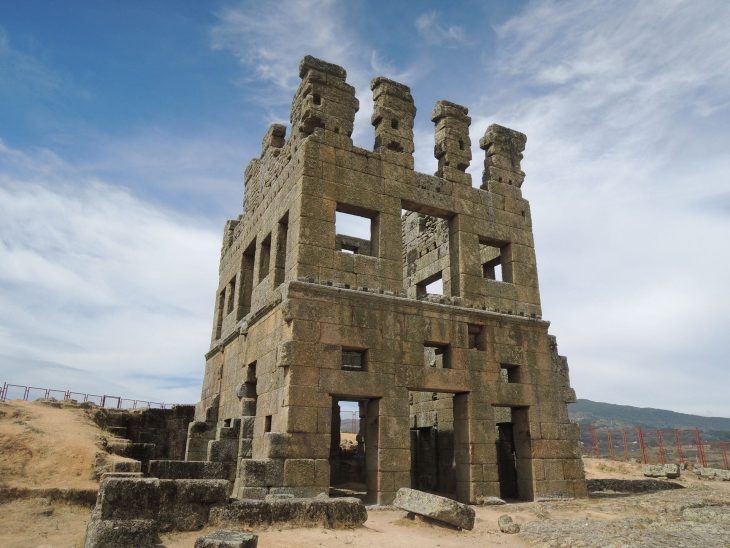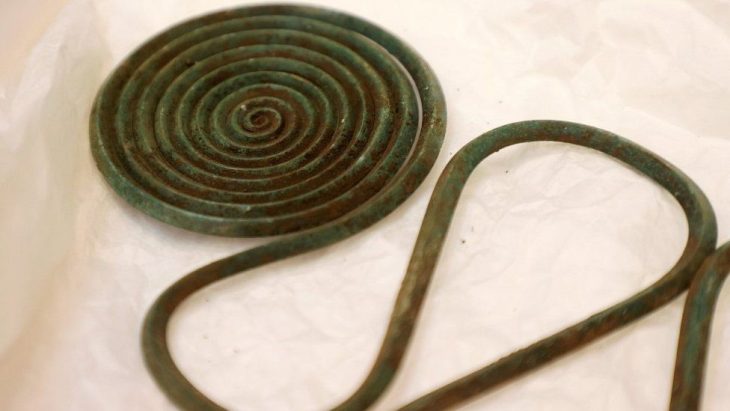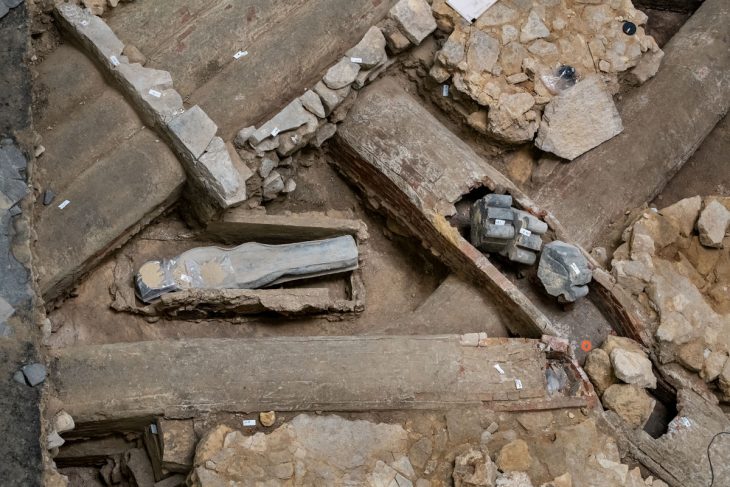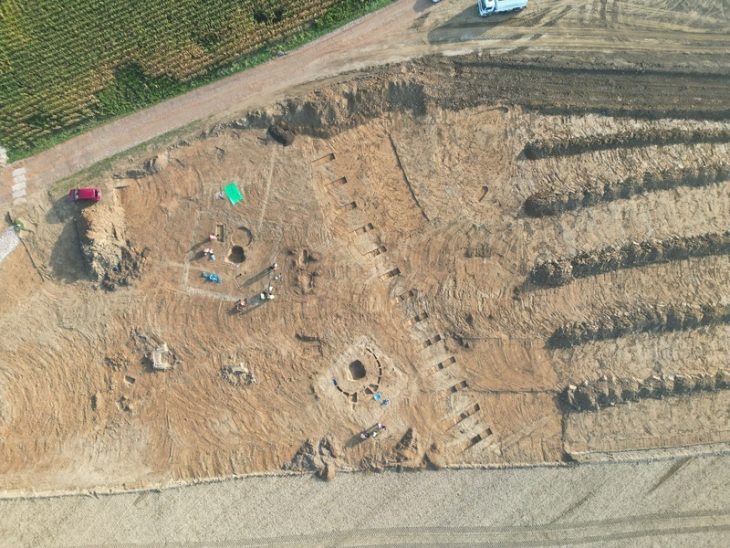In a groundbreaking archaeological discovery, Israeli researchers have unearthed a 5,500-year-old flint blade workshop near Kiryat Gat, southern Israel—the first of its kind ever found in the region. Announced by the Israel Antiquities Authority (IAA), the Early Bronze Age site sheds new light on the technological ingenuity and social complexity of ancient Canaanite civilization.
The excavation, carried out at the Naḥal Qomem site—also referred to as Gat-Govrin or Zeita—revealed a full-scale production center where highly skilled craftsmen manufactured long, razor-sharp flint blades. This prehistoric workshop marks a major milestone in understanding the early development of urban society and professional specialization in the Levant.
Sophisticated Technology Before the Age of Metal
Archaeologists uncovered large flint cores, from which uniform blades were skillfully removed using a complex pressure-flaking technique. Evidence suggests the use of a mechanical device, similar to a lever or crane, allowing precise control during blade production—an astonishing feat for the period, when metal tools had yet to dominate.
“These blades were not random creations,” said Dr. Jacob Vardi and Dudu Biton of the IAA. “Their production demanded an extremely high level of skill. Only exceptional individuals could manufacture them. This was a professional, industrial process.”
Used for harvesting, butchering, and cutting, the blades represent the height of stone tool engineering. They predate widespread metal usage, showing that early societies had already developed advanced alternatives to iron or bronze weapons.
📣 Our WhatsApp channel is now LIVE! Stay up-to-date with the latest news and updates, just click here to follow us on WhatsApp and never miss a thing!!
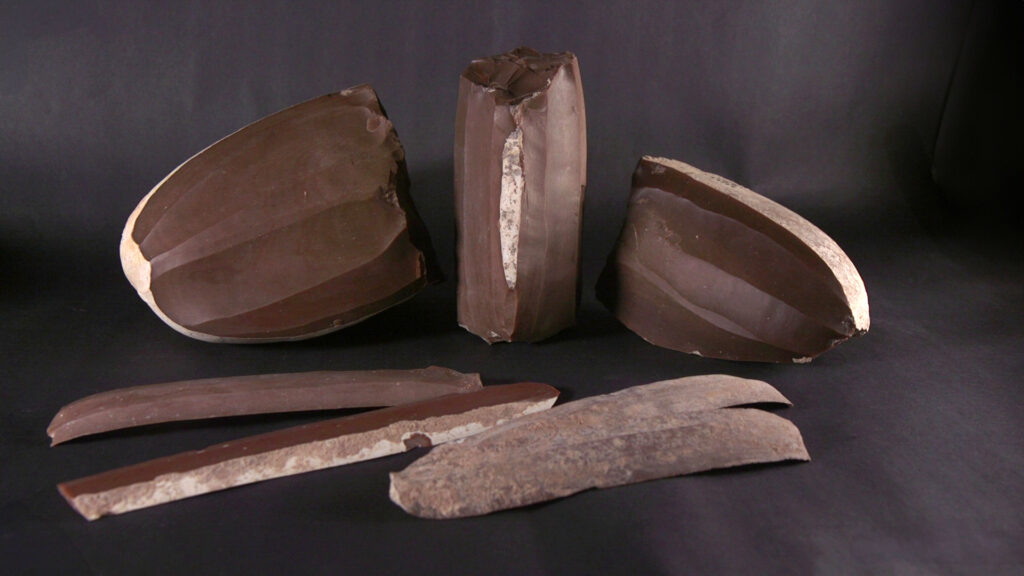
Economic Center and Trade Network
Unlike scattered remnants typical of prehistoric sites, this workshop was fully intact. The presence of both finished blades and the rare cores they came from suggests a centralized, organized operation. Interestingly, waste fragments—or debitage—were notably absent, likely removed to protect the craft’s specialized knowledge.
“This was not just a workshop; it was a regional distribution center,” said excavation co-directors Dr. Martin David Pasternak, Shira Lifshitz, and Dr. Nathan Ben-Ari. “Blades produced here were likely exported across the Levant.”
The workshop was part of a vast, complex settlement occupied continuously from the Chalcolithic period into the Early Bronze Age. Spanning over half a kilometer, the site included hundreds of subterranean pits lined with mud bricks, used for storage, habitation, workshops, and ritual practices—clear signs of early urban planning.
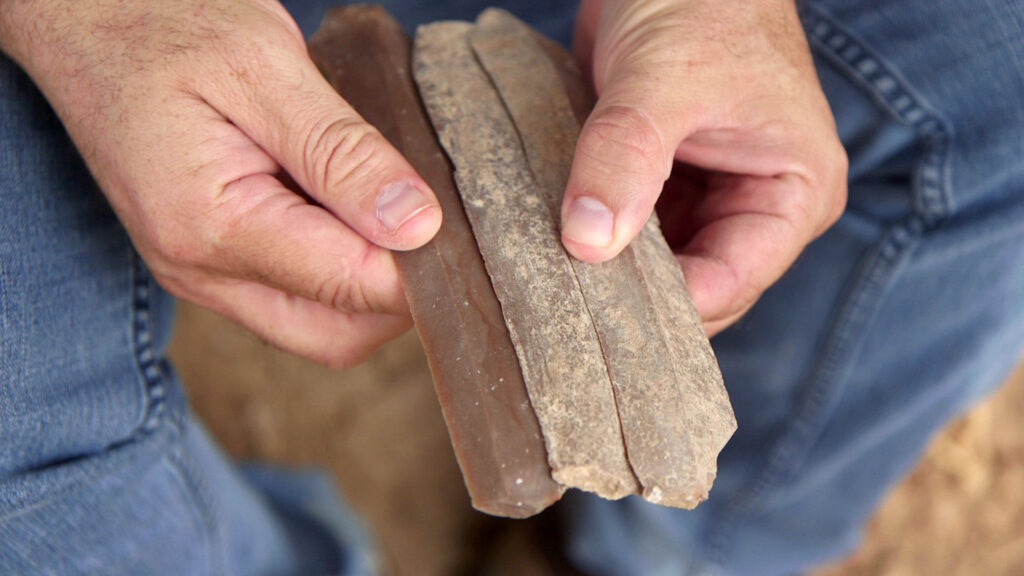
Biblical Context: Near the Land of Goliath
The site’s location adds an extra layer of historical intrigue. Modern-day Kiryat Gat, where the excavation took place, lies near the biblical city of Gath—home of the Philistine warrior Goliath. In the Bible, Gath features prominently in the stories of David, King Saul, and the Israelite-Philistine conflict.
During King Saul’s time, according to the Book of Samuel, Israelites lacked access to iron weapons, which were monopolized by the Philistines. Ironically, thousands of years earlier, the ancestors of this region had mastered flint technology capable of producing lethal, precision tools—long before metalworking became widespread.
A New Chapter in Early Civilization
The discovery deepens our understanding of how early humans organized society, managed resources, and developed specialized industries. It also challenges prior assumptions about technological advancement during the Early Bronze Age.
“This is one of the most significant prehistoric discoveries in southern Israel,” the excavation team noted. “It shows that the foundations of urbanization and professional economy were laid much earlier than previously believed.”
Artifacts from the workshop—including the rare flint cores and finished blades—will go on public display this summer at the Jay and Jeanie Schottenstein National Campus for the Archaeology of Israel in Jerusalem.
As archaeologists continue to explore the ancient landscape near biblical Gath, each new discovery helps bridge the gap between scripture and science—offering fresh insights into human innovation, resilience, and the dawn of civilization.
Cover Image Credit: Emil Aladjem, Israel Antiquities Authority

